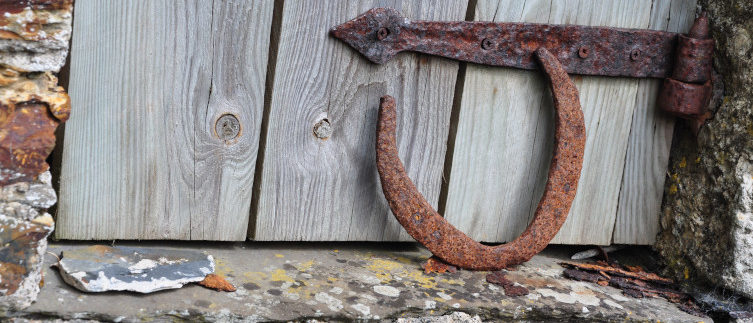I’ve seen it written that ‘all wells in Ireland are sacred to Brigid’; but I think it would be more accurate to say that all wells are sacred to the Goddess. Some, however, are indeed sacred to Brigid, a fascinating example of co-opted Goddess-made-into-a-saint. She is, along with Patrick and Colmba, a patron saint of Ireland and a much-loved object of veneration to this day. Her feast day is the 1st of February, called Imbolc in Irish and marks the beginning of the season of lambing, spring, and lactation.
Located next to the Irish National Stud, just a short walk outside of the town of Kildare, the area surrounding the well has been turned into a small park, perfect for contemplation, no matter what your religion.
Leading up to the well is a series of five small standing stones. Each one, according to local tradition, represents one of Brigid’s virtues: meditation, hospitality, charity, peacemaking, and reverence for nature. The rite is to stop at each stone in turn and dwell on an aspect or quality of Brigid and then say a prayer in between each one.
- Stone #1: “A Naomh Bríd Gui Orainn” which means “St. Brigid pray for us.” Brigid is viewed as “the Earth Woman”. “Brigid of the land”. “Brigid of the seasons”. “Anois teacht an Earraidh, beidh an la ag dul chun sineadh, is tar eis na Feile Bríde, ardoidh mé mo sheoil.” “Now it’s springtime, the days are getting longer and after St. Brigid’s Day I can hoist my sails again.”
- Stone #2: Reflection of Brigid as “Peacemaker”, Brigid who crossed all divides. Daughter of a wealthy Pagan Chieftain and a poor Christian bondswoman. The legend where one day a poor man came to Brigid looking for food for his family but there was no food in the house so she gave him her father’s precious sword and said “Go and exchange it for food for your family”. She changed an instrument of death into an instrument for life. “A Naomh Bríd Gui Orainn”.
- Stone #3: Brigid as “Hearth Woman”. She who keeps the fire lit. She gave a home to all. “A Naomh Bríd Gui Orainn”.
- Stone #4: Brigid as “Healer”. Many come and tie a piece of cloth on the tree here asking for Brigid’s curative powers to be left on the cloth. “A Naomh Bríd Gui Orainn”.
- Stone #5: Brigid as “Champion of the Poor” or Brigid “Woman of contemplation”. There is a 32 chapter book written about St. Brigid by the monk Cogitosis. 23 of these chaptes are about Brigid’s love for the poor, the sick, and the lonely. There is a legend where a friend of Brigid’s came to her with a beautiful basket of prime apples. Brigid took the apples to the sick and poor around her to which her friend said “But Brigid, those apples are for you.” Brigid replied, “Well what’s mine is theirs.”
Then one approaches the well. The well is surrounded by a short round wall. This is believed to represent the wall of the womb. Then the well is circled three times “deosil” or “clockwise” to a prayer “Circle us O Lord. Keep protection near and danger afar. Circle us, keep love within our hearts and hatred out. Circle us keeping hope within and doubt out. Circle us O Lord keep peace within and evil out.” It is custom then to leave something at the well. Circling the well clockwise symbolizing unity within ourselves, within one another, and the whole of creation. “A Naomh Bríd Gui Orainn”.
The well flows into a stream which, combined with the sound of the wind in the trees, makes for a delightfully meditative experience. At the head of the stream, a small stone arch has been built, above a pair of concrete “shoes” through which the water flows in two streams. Next to it is a clootie (prayer) tree, where supplicants offer coins and strips of cloth, tied to the tree as “time-capsule” prayers. The entire site has a feeling of deep holiness that transcends the religious differences of Pagan and Christian; this is a site of universal peace and love.
An inscription on the side of the well reads: “St. Brigid, Mary of the Gael, pray for us.” The site is still where an annual celebration occurs (on Jan 31st), with fire-lighting and chanting, and prayerful contemplation. It is customary to gather water from her well because it is reputed to have strong healing properties.
The day was lovely, the place deeply relaxing and energizing at the same time. A truly special experience.
To see our pics: http://www.flickr.com/photos/80042837@N02/sets/72157630021301237/
